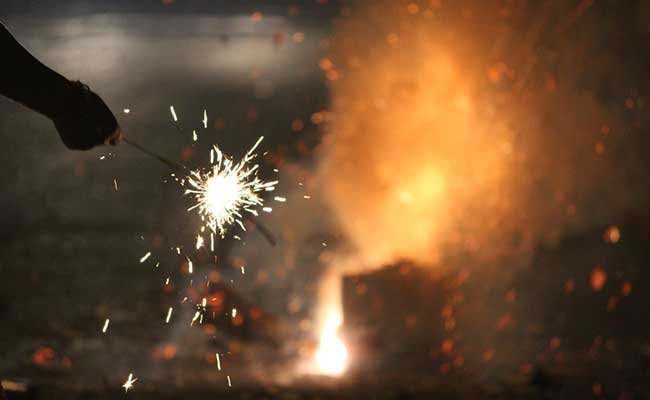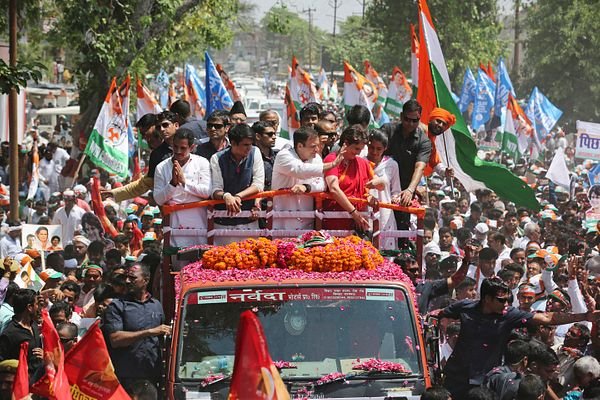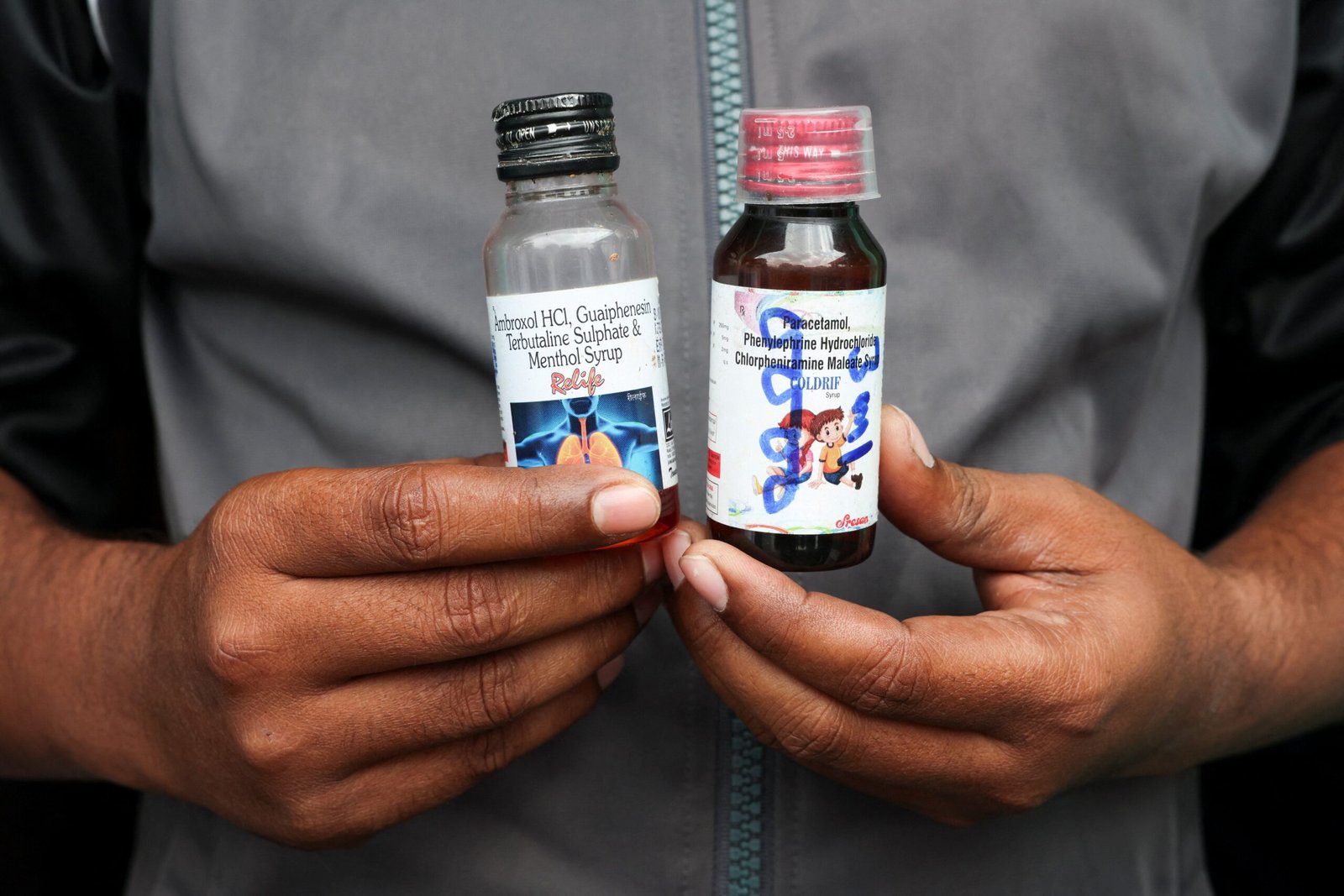Why in the News?
- Ten days before Diwali, the Supreme Court (SC) indicated it may partially relax the total ban on firecrackers in Delhi-NCR “on a trial basis” while seeking to balance public health, tradition and livelihoods.
- The debate follows a decade-long legal journey (started 2015) and recent scientific, enforcement and livelihood concerns around the effectiveness and safety of green crackers.
Key Highlights
- Origin of the legal case (2015 – 2018)
- In 2015, three infants (through their guardian) filed a petition seeking protection from air pollution in Delhi.
- In October 2018, the SC restricted conventional firecrackers and permitted only reduced-emission “green” crackers, with time windows for bursting.
- Tighter bans and regulatory actions (2020 – 2024)
- In November 2020, the National Green Tribunal (NGT) imposed an absolute ban on all types of firecrackers during Diwali in the NCR and other highly polluted towns.
- State agencies (DPCC) issued seasonal bans and, nudged by the SC, imposed a year-round ban last winter. In April 2024 the SC said brief Diwali relaxations would not help air quality unless green crackers proved significant benefit.
- Recent judicial developments (2025)
- On Sept 26, 2025 the SC allowed licensed manufacturers to produce green crackers, but not sell them in Delhi-NCR until further orders.
- Ahead of the latest hearing, the SC signalled willingness to trial a limited relaxation to balance competing interests (public health, culture, livelihoods).
- What are “green crackers”?
- Green crackers are a new type of firecracker made with fewer harmful chemicals to reduce smoke and toxic gases. They were developed by CSIR–NEERI (Council of Scientific and Industrial Research – National Environmental Engineering Research Institute).
- Their safety and performance are checked by PESO (Petroleum and Explosives Safety Organisation) before they can be sold.
- These crackers are said to cut pollution and noise by about 30–40%, but studies show they still release ultrafine particles (smaller than 100 nanometres) that can go deep into the lungs and harm health.
- Enforcement, health and social realities (present situation)
- Enforcement has been patchy: seizures of large banned stocks and evidence of illegal sale and bursting continue.
- Air quality data show repeated AQI spikes on Diwali nights; Delhi often registers “very poor” AQI around Diwali.
- Health impacts concentrate among children and vulnerable groups; studies link short-term PM2.5 exposure to thousands of excess deaths annually in Indian cities.
- Livelihood concerns: The firecracker sector employs lakhs and was valued at several thousand crore rupees pre-pandemic; manufacturers argue bans cost jobs.
- Political and cultural narratives complicate the issue: some view restrictions as an attack on tradition while others prioritise the right to breathe clean air.
Key Terms
- Air Quality Index (AQI)
- AQI is a single number that represents overall air pollution, combining concentrations of pollutants like 5, PM10, NO₂, SO₂, CO and O₃.
- India uses CPCB’s AQI scale (Good → Severe), with health advisories tied to each band.
- Short-term AQI spikes (24-hour averages) are critical in festivals like Diwali and affect emergency health planning.
- AQI interpretation must consider meteorology—wind, temperature inversion and humidity influence pollutant dispersion.
- Policy goals (e.g., National Clean Air Programme) use AQI targets to measure progress.
- 5 (Fine Particulate Matter)
- 5 denotes particles smaller than 2.5 micrometres; they penetrate deep into lungs and can enter bloodstream.
- Health effects include aggravated asthma, cardiovascular disease and increased mortality; children and elderly are most vulnerable.
- Sources: vehicle exhaust, biomass burning, industry, and short-term spikes from fireworks.
- Even short-term exposure at high concentrations is linked to increased hospital admissions and deaths.
- Reducing PM2.5 requires source controls, meteorological forecasting and public warnings during high-risk days.
- National Green Tribunal (NGT)
- A specialised statutory body established in 2010 for effective environmental justice and speedy trial of environmental cases.
- Has the power to hear civil cases related to environmental protection and conservation of forests.
- Its 2020 firecracker order is an example of precautionary environmental jurisprudence during acute pollution episodes.
- NGT’s orders can be appealed to the Supreme Court; it often supplements regulatory gaps by setting interim protective measures.
- Effective implementation of NGT directives depends on state agencies’ capacity and executive will.
- Petroleum and Explosives Safety Organisation (PESO)
- A central agency under the Ministry of Commerce and Industry responsible for safety regulation of explosives and pyrotechnics.
- PESO certifies manufacturing, storage and use of fireworks and tests new formulations (including green crackers) for compliance.
- It sets limits on chemical compositions and safety protocols for production units.
- PESO certification is necessary but not sufficient—market monitoring and enforcement are required to ensure compliant products reach consumers.
- Coordination between PESO, state police, and pollution control boards is vital for festival safety.
Implications
- Public health vs festive practice: Any relaxation could worsen short-term pollution spikes, impacting vulnerable populations and straining hospitals.
- Regulatory credibility: Weak enforcement undermines judicial orders and public trust in environmental law.
- Scientific uncertainty: Mixed evidence on green crackers’ safety (esp. ultrafine particles) calls for better testing before policy relaxation.
- Livelihood and supply-chain stress: Bans disrupt employment in manufacturing hubs, necessitating alternative livelihoods or compensation measures.
- Policy precedent: How the SC resolves this will influence environmental governance, the role of precaution in policy, and the balance between cultural rights and health rights nationwide.
Challenges and Way Forward
| Challenge | Way Forward |
| Weak enforcement & illegal sales | Strengthen inter-state coordination, increase market inspections, and use digital traceability for certified crackers. |
| Scientific uncertainty about health impact of green crackers | Commission independent, peer-reviewed atmospheric studies (short- and long-term) on ultrafine particle emissions and health outcomes. |
| Public compliance & awareness | Run focused awareness campaigns on pollution health risks; promote non-polluting alternatives for celebration. |
| Livelihood losses in firecracker industry | Offer transitional support: skill retraining, credit lines, and incentives to diversify into green pyrotechnics or alternative seasonal industries. |
| Regulatory fragmentation (multiple agencies) | Create a single nodal mechanism for festival-pollution management (DPCC-NGT-PESO-Health), with clear SOPs for manufacture, sale and monitoring. |
Conclusion
The firecracker dispute in Delhi-NCR is a classic policy trade-off between public health, cultural practice and livelihoods. Scientific ambiguity about “green” crackers and weak enforcement complicate any relaxation. A sustainable solution needs rigorous evidence, strong enforcement, public outreach, and measures to protect workers dependent on the trade.
| EnsureIAS Mains Question Q. Analyse the Delhi-NCR firecracker controversy in light of the right to clean air. In your answer, assess the roles of courts, scientific evidence, enforcement agencies and livelihood concerns, and suggest a balanced policy roadmap. (250 Words) |
| EnsureIAS Prelims Question Q. With reference to the firecracker policy debate in Delhi-NCR, consider the following statements: 1. The National Green Tribunal (NGT) imposed an absolute ban on all kinds of firecrackers in the NCR during Diwali in November 2020. 2. “Green crackers” eliminate all ultrafine particles and are therefore completely safe for human health. 3. The Petroleum and Explosives Safety Organisation (PESO) vets green crackers for performance and safety before any public use. 4. Allowing green crackers automatically removes the need for strict enforcement because they cut emissions by 30–40%. Which of the statements given above are correct? Answer: A. 1 and 3 only Explanation: Statement 1 is correct: In November 2020 the NGT ordered an absolute ban on firecrackers during Diwali in the NCR and specified highly polluted urban areas; this is a key milestone in legal measures to control festival-linked pollution. Statement 2 is incorrect: Independent studies show green crackers still emit ultrafine particles (<100 nm) that can penetrate deep into lungs. They reduce some pollutants but do not eliminate all hazardous emissions; health risks therefore persist. Statement 3 is correct: The Petroleum and Explosives Safety Organisation (PESO) assesses performance and safety standards for green cracker formulations after CSIR/NEERI develop them; PESO clearance is required before any public use. Statement 4 is incorrect: Even with claimed 30–40% emission reductions, green crackers would still produce pollution spikes and enforcement remains essential to verify authenticity, control illegal crackers, and manage sale and bursting practices. |
Also Read | |
| UPSC Foundation Course | UPSC Daily Current Affairs |
| UPSC Monthly Magazine | CSAT Foundation Course |
| Free MCQs for UPSC Prelims | UPSC Test Series |
| ENSURE IAS NOTES | Our Booklist |





